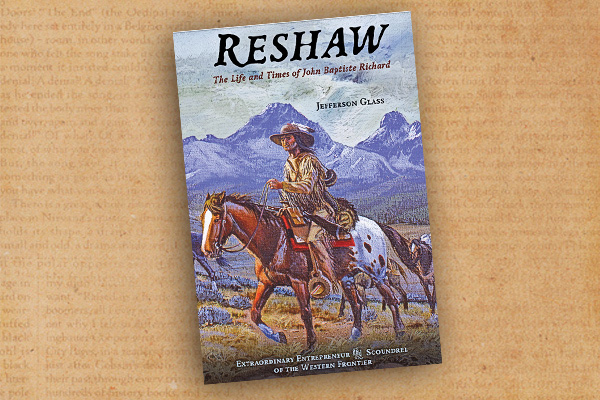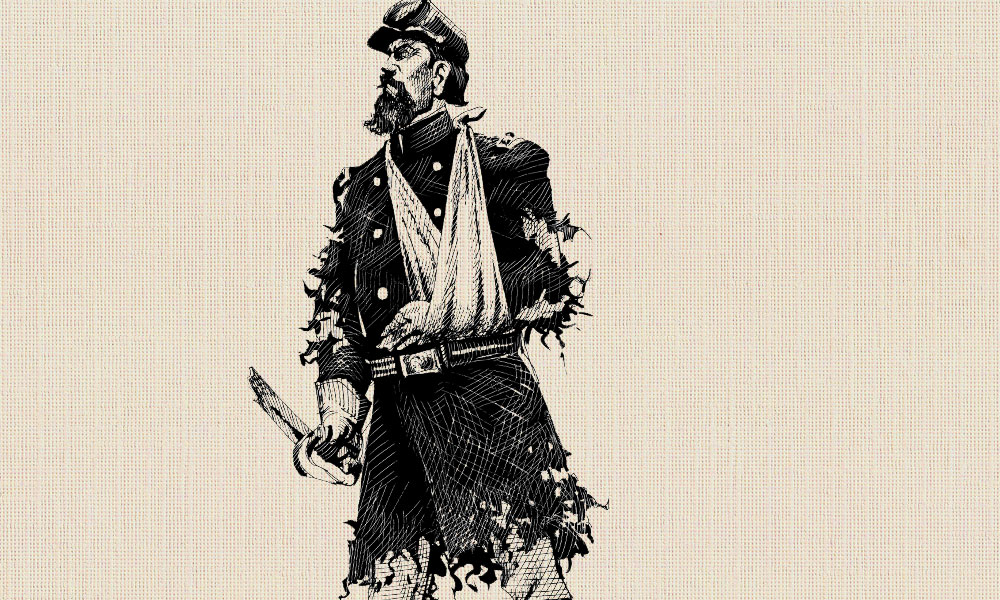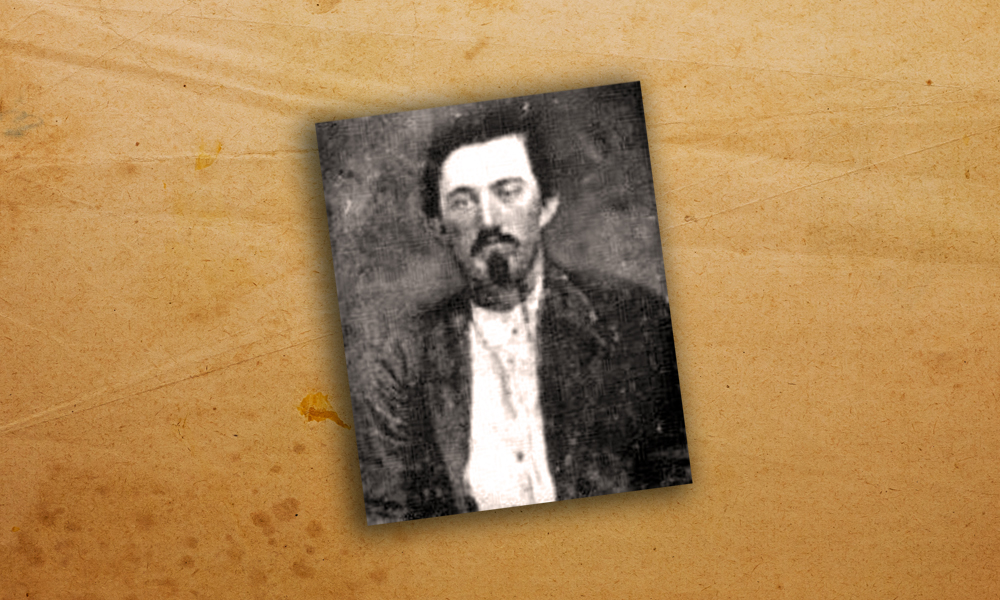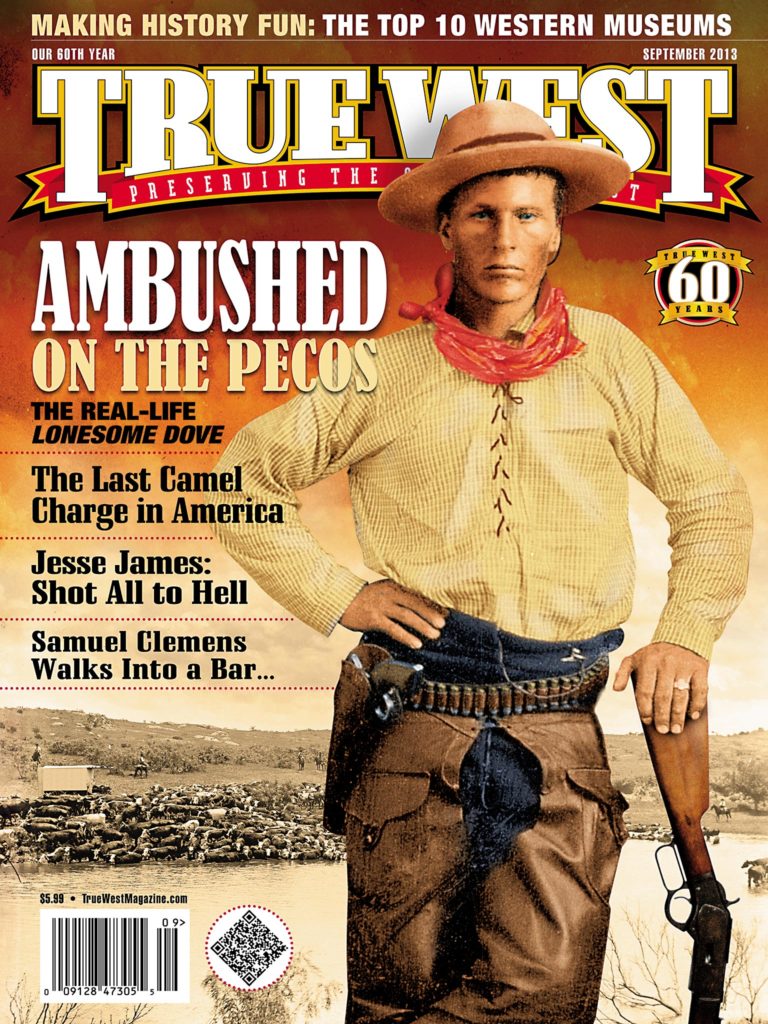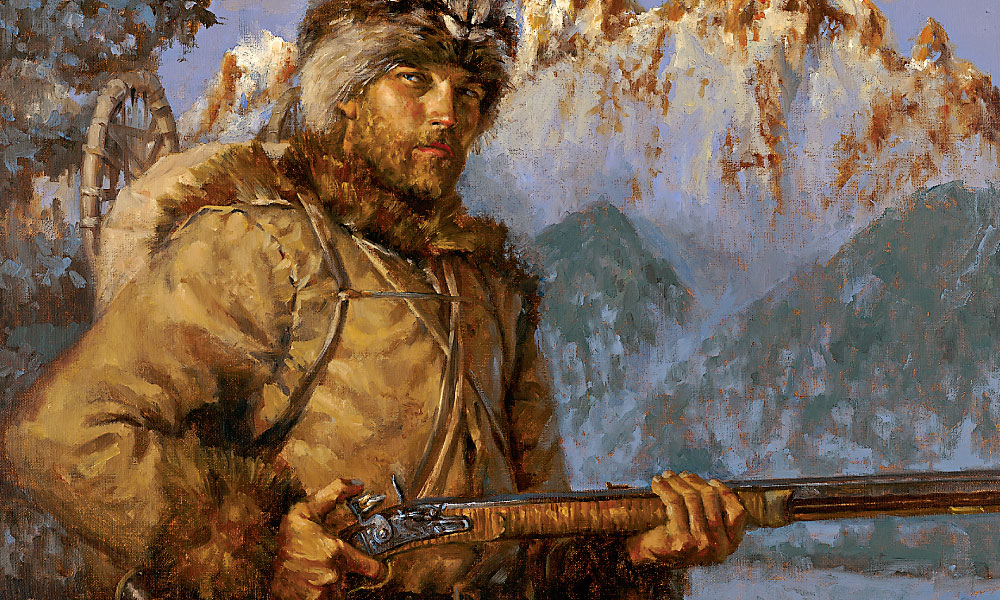
John Colter was a member of the Corps of Discovery that crossed the wide Missouri with Lewis and Clark in 1804-1806. He was considered to be one of the Corps best hunters. Besides being a hunter and woodsman he also scouted finding passes through the Rocky Mountains, becoming one of the key figures in the success of the expedition.
On the way home, near the Mandan Villages near present-day North Dakota where they met Joe Dickson and Forrest Hancock, two men who were headed up the Missouri to trap for beaver. Colter asked for permission to stay and return to the wilderness they had just explored. On August 6th, 1806 he was given an honorable discharge to leave the expedition a couple of months early. He remained in the mountains with his partners, until 1807. While journeying down the Missouri to St. Louis when he met a trader named Manuel Lisa who had just formed the Missouri Fur Company.
He joined up with Lisa and went back upstream to the Yellowstone country. That fall he went up the Yellowstone River and wintered in the Tetons of northern Wyoming. It was there he discovered the region since embodied in Yellowstone National Park. When he later told of the geysers with hot steam rising out of the ground, it was dismissed as a typical trapper’s tall tale.
“You’ve discovered hell,” they laughed. It’s known today as “Colter’s Hell.”
The following summer Colter went out to inform the Indians of Lisa’s willingness to trade at his fort at the mouth of the Big Horn River. While there he was wounded in a battle against the Blackfoot Indians while fighting on the side of the Crows and Flatheads. That fall, trapping in the Three Forks area in Montana, he and his companion, John Potts, were jumped by a large party of Blackfoot.
Potts was killed and Colter was captured. The warriors stripped him naked then consulted on the manner in which he should be put to death. Most wanted to use him for target practice but the chief thought it would be more sporting to make a contest of killing the unfortunate mountain man before delivering the coup de grace. They asked if he was a runner and he cunningly said he was but a slow runner. So they gave him a 300-yard head start then set some 600 armed warriors in pursuit. Colter’s speed even surprised himself as he ran across a six-mile plain towards the Jefferson Fork. Naked, he ran through prickly pear, looking back periodically to see how close his pursuers were. Many were dropping out of the race but one particularly durable warrior carrying a spear was gaining on him. Blood began to gush from Colter’s nose, covering his body.
About a mile from the river he heard the sound of footsteps behind him. Just as the warrior closed in for the kill, Colter turned and faced his adversary. The Indian, perhaps shocked to see so much blood on Colter attempted to stop, but exhausted from running, fell to the ground as he tried to hurl his spear. The spear broke and Colter grabbed the spear point and drove it into the warrior.
When the other Indians arrived and saw their dead comrade they let out a series of war cries. Colter, meanwhile made a run for the river.
Colter ran into the trees bordering the river and plunged in. He drifted downstream to an island against which a raft of driftwood that had lodged. He dived under and came up in the middle of the logs. The braves arrived at the river and started searching frantically for him. Some swam out to the raft where Colter was hidden. He could see them through the chinks but they couldn’t see him. In horrible suspense, he remained concealed until nightfall when, hearing no Indians, he swam silently downstream. Then he went ashore and headed for safety.
Naked and sunburned, his feet filled with thorns from cactus, Colter journeyed 250 miles over eleven days to Manuel Lisa’s fort at the mouth of the Big Horn River, having subsisted mostly on roots.
He returned to the Three Forks the following winter to recover his traps and barely escaped another brush with the Blackfoot. In 1809 he ventured into the Three Forks region to assist in building a trapper’s fort and was nearly again killed by Blackfoot.
Feeling he was getting long on odds, in the spring of 1810, Colter decided to quit the mountains and return to St. Louis. He settled near the aging frontiersman, Daniel Boone, married a woman named Sally and had a son. Farming life didn’t suit him and when the War of 1812 began he joined a unit headed by Nathan Boone, Danial’s youngest son. The Blackfoot couldn’t kill him and neither could the British. The date of his death is disputed but he either died in May, 1812 or on November 22nd, 1813 of jaundice.
Coulter left no written record of his adventures and we can only rely on what others wrote about him. He received high praise for his service not only from Lewis and Clark but also from President Thomas Jefferson.


